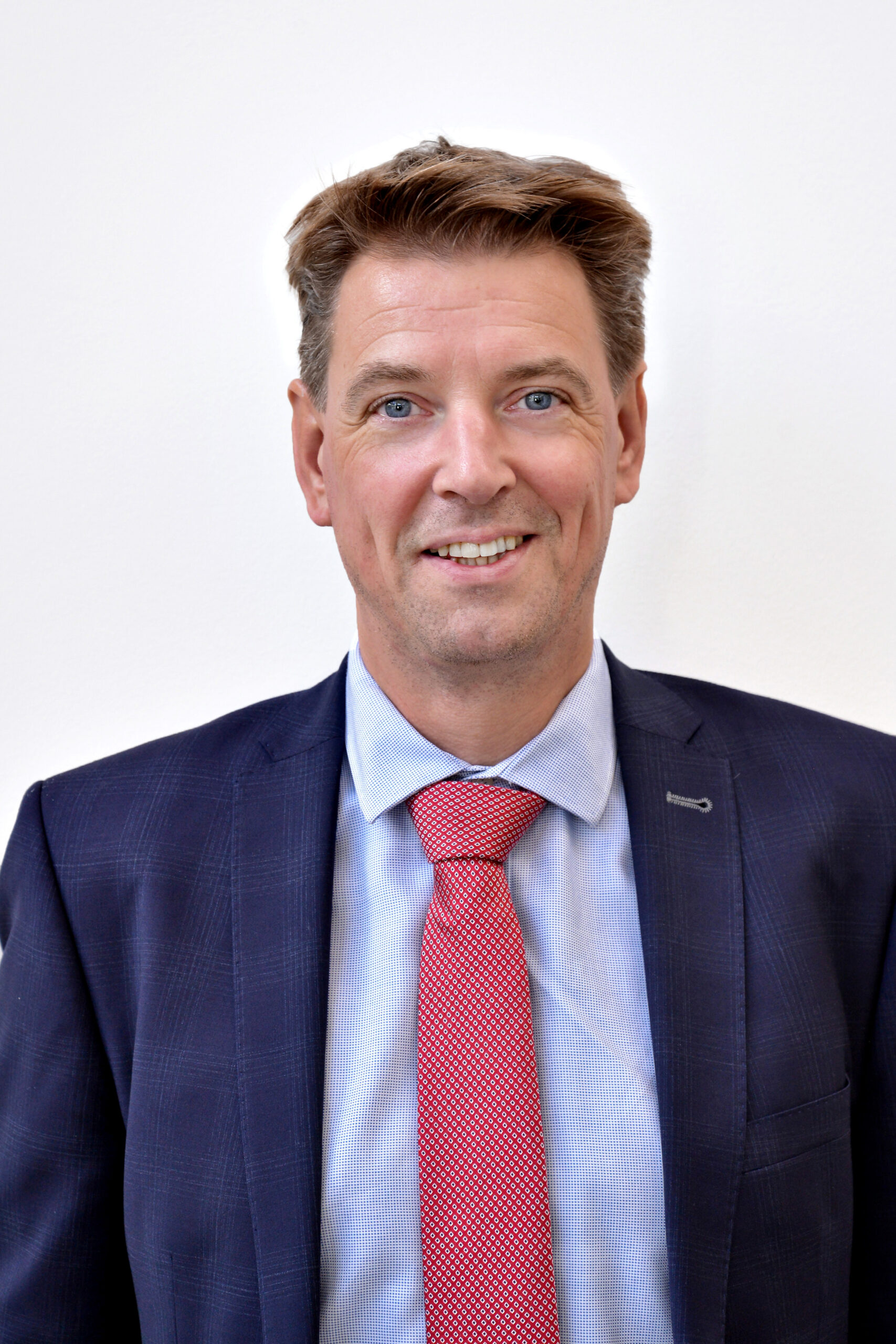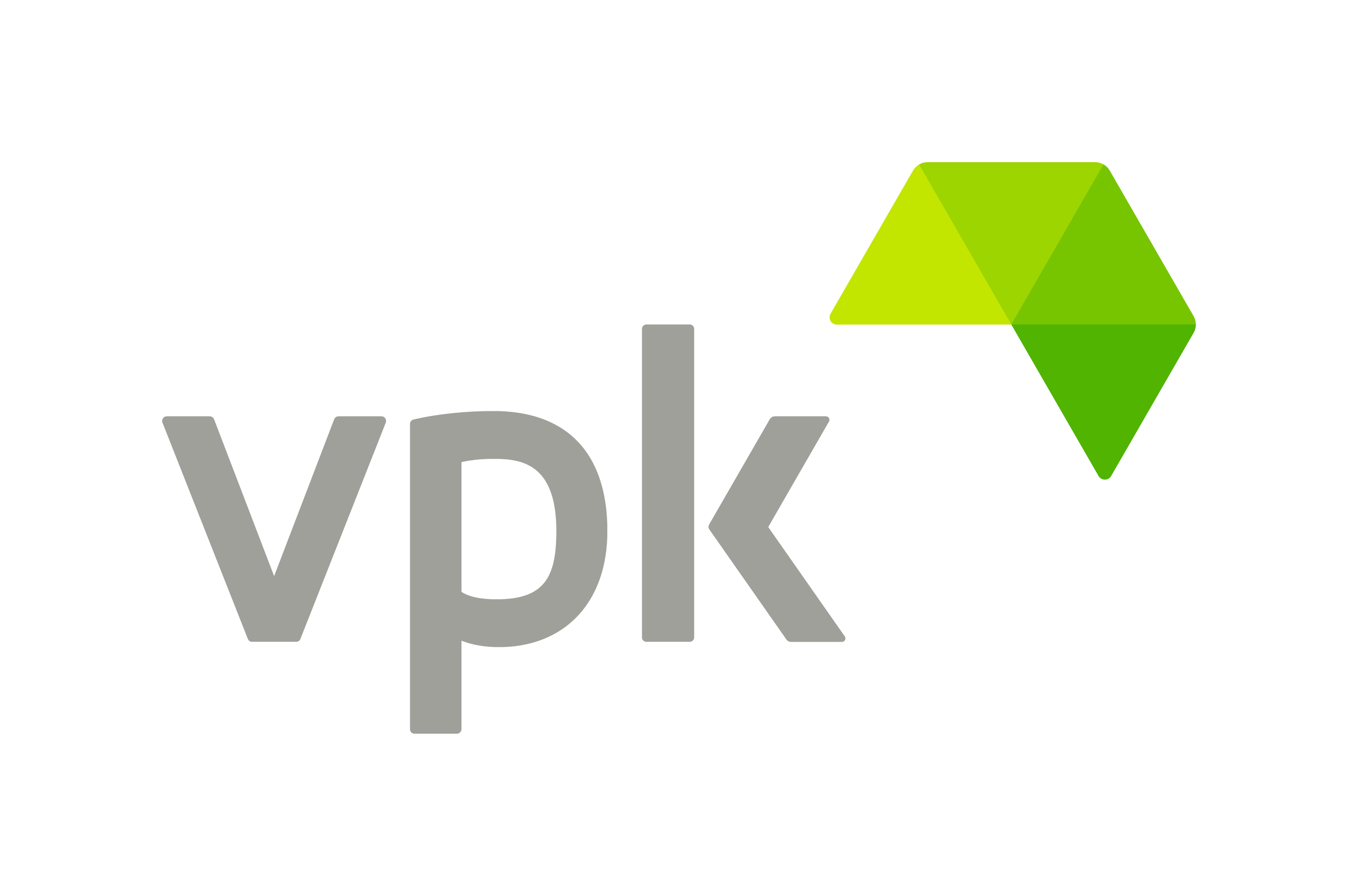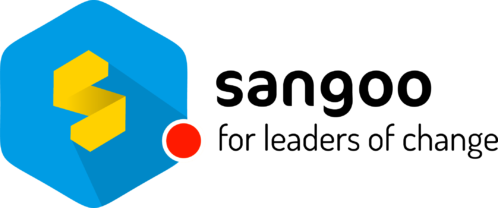Testimonial - VPK packaging group
Testimonial - VPK packaging group

Naam: Wim Naessens
Rol: COO Paper
VPK Group
VPK Group is an international group, active in processing waste paper into corrugated packaging, cardboard tubes and special packaging for refrigerated transport. Recent years have been characterised by solid turnover growth and international expansion through acquisitions. VPK Group employs 6,500 people at 70 locations in 20 countries. The head office is located in Aalst. VPK Group realised a turnover of 1.75 billion euros and an EBITDA of 212 million euros in 2021. VPK is a family business and is owned by the Macharis family.
You can find out more about VPK Group by clicking this link.

The collaboration between VPK Packaging Group (VPK) and SANGOO started in 2014 when VPK Paper Oudegem faced the challenge of further professionalising its technical department. The search for an external partner who could guide the technical director in achieving the intended change resulted in a collaboration between VPK and ALVEARE.
Besides supporting specific change processes, SANGOO is also deployed in VPK’s high potential programme throught its change leadership business experience.
Wim Naessens ( COO PAPER) looks back on this solid partnership and explains how ALVEARE contributes to the further expansion of the pan-European player in the paper and cardboard industry.
What challenges does VPK face?
In recent years, VPK has experienced major growth, both organically and through acquisitions. We evolved into a player on a European scale. Such growth makes it necessary to further develop and strengthen our internal competences and structure so that we are ready for the future.
International expansion with its cultural differences also comes with specific challenges.
Why SANGOO?
Els (Els Heylen – co-founder SANGOO) and I knew each other already and this is how the first contact was established. What really won me over was the SANGOO change leadership framework, the guidance it offer to realise changes. This framework helps to translate ‘high level’ goals and objectives into concrete initiatives in a structured way.
Often, external consultants guide the drawing up of these ‘high level’ plans, consolidating the figures, drawing up the new business organisation and reporting lines, but it usually stops there. The next steps, the concrete realisation of the change is often not within their expertise. SANGOOs approach does take those next steps and helps to concretise and realise.
The fact that SANGOO works with a framework also ensures that the internal person responsible for the change, has a guide to fall back on.
How do you evaluate the cooperation so far?
Often the difficult path of change begins when your plans become more concrete. At the beginning of a process, it seems like you have an abundance of time and there is a chance that the plans made are not realistic. Also you need to think about: how do I bring a clear story, how do I get people on board with my story, how can I take into account different opinions and inputs, how do I build a realistic approach, …
To lead change successfully, you have to be a master of many trades, communication to name one. The external sounding board and the support SANGOO offers helps with this.
With SANGOOs approach, the right sequence is brought into the change process. SANGOO supports communication, facilitates working groups (creating involvement), provides concrete advice on the ‘human/psychological’ aspects of change, …
If it weren’t for SANGOO, the plan that was in place would never have rolled out as well as it did.
And I know from experience, if you don’t do the last 10 per cent of your implementation, you have a chance of missing 100 per cent of the result.
Besides guiding specific change processes, you also deploy SANGOO in your high potential programme.
Yes indeed. We chose to deploy SANGOO in our high potential programme because it is a very rich offering. Many leadership concepts are taught and this in an interactive way. This interactive approach is very much liked by the participants. The possibility of the extra day in which the participants translate the concepts taught to their own reality is also an added value, because in this way the theoretical concepts really start to come to life for the participants.
In my opinion, SANGOO provides good support to better face the challenges we face as a group.
Looking to the future, I think we need to further develop the follow-up process so that the different hierarchical lines can further reinforce each other. We notice that we still need to provide additional support here.
